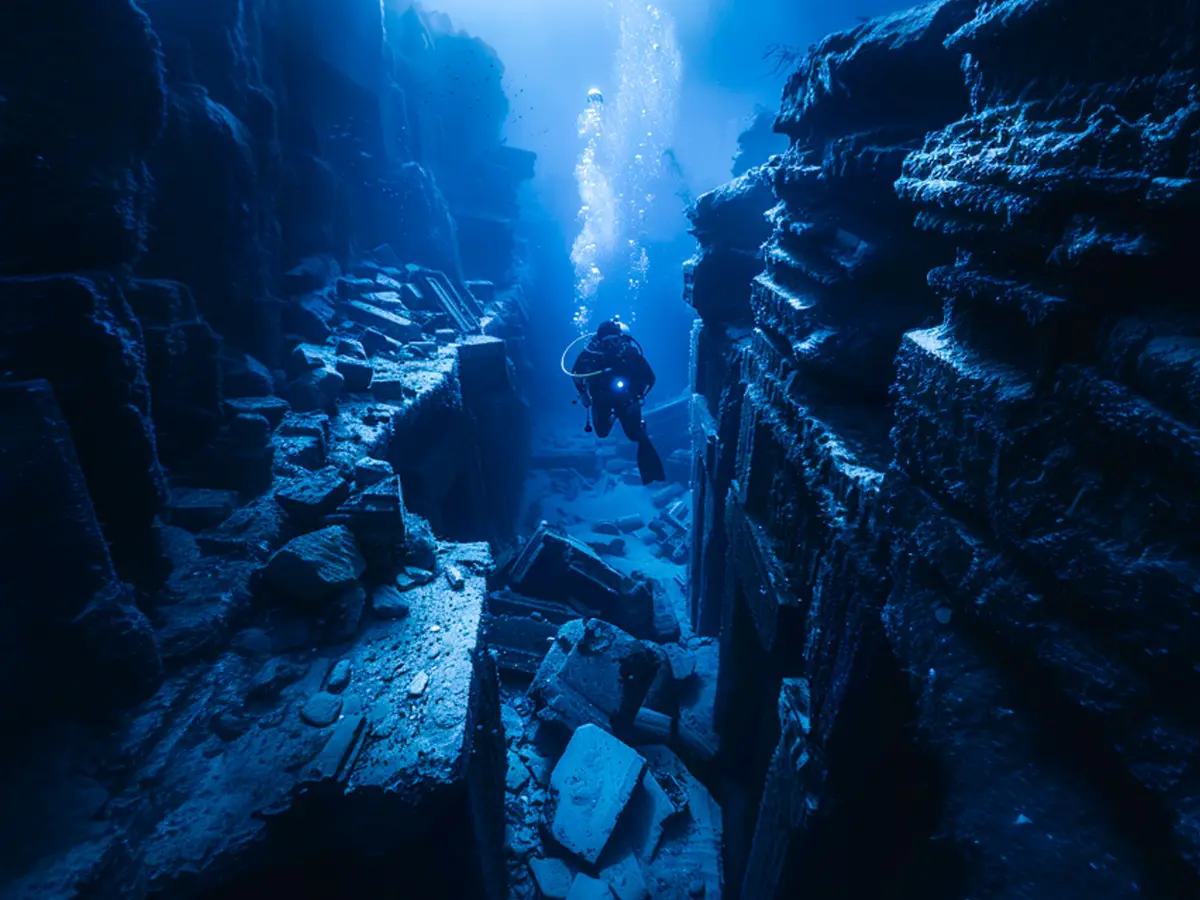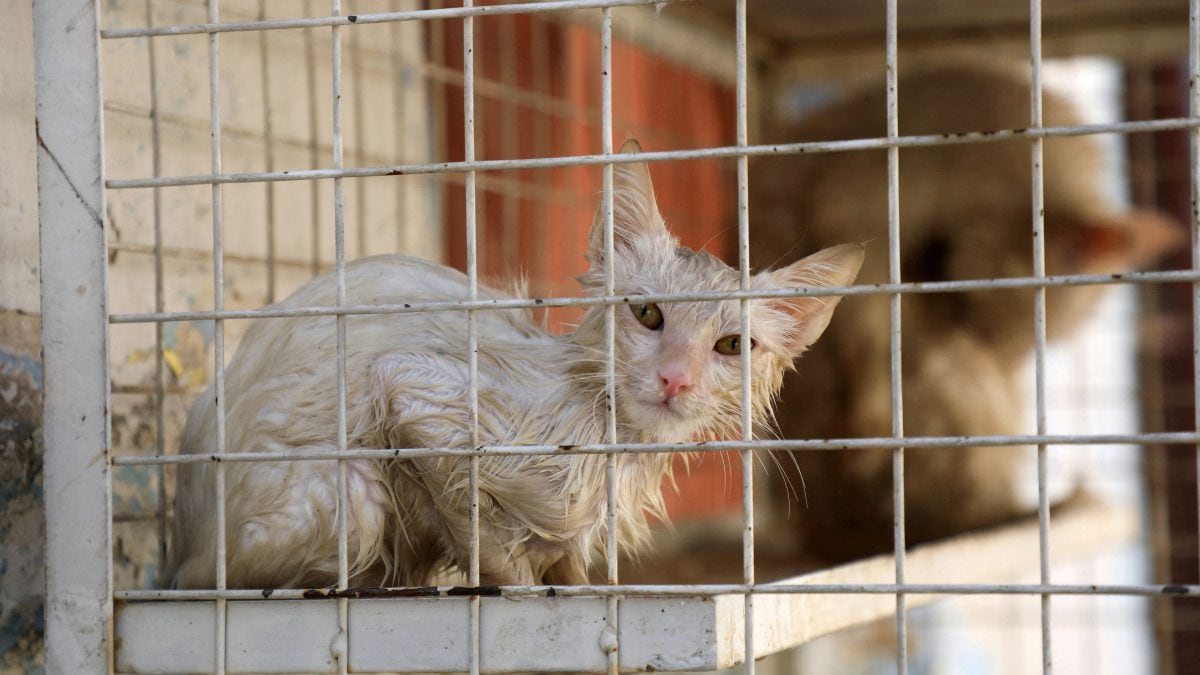AI Generated Newscast About Asteroid Threat: NASA’s Shocking Plan to Nuke Space Rocks!

What if the only thing standing between us and cosmic disaster was a nuclear blast in outer space? Sounds like science fiction, but NASA might just make it real.
Back in 2022, NASA made history by smashing a spacecraft into an asteroid at a jaw-dropping 14,000 miles per hour. The mission, called DART, was straight out of an action movie—proving we can actually knock dangerous space rocks off course before they threaten Earth. But now, the stakes could soon get much higher.
Fast forward to today, and the space community is buzzing about a new threat: a near-Earth asteroid named 2024 YR4. While experts at NASA’s Center for Near Earth Objects say it has only a 0.00081 percent chance of colliding with Earth (practically a cosmic coin toss), there’s a far more concerning 4 percent shot it could slam into the Moon in December 2032. That’s a big deal—because even a lunar hit could send deadly debris flying into space, putting astronauts and satellites at serious risk.
Earlier this year, 2024 YR4 made headlines as one of the most likely asteroids ever spotted to possibly hit Earth. Thankfully, updated calculations knocked those odds way down. Still, the Moon isn’t entirely out of harm’s way, and space scientists aren’t taking any chances. In a bold new strategy—detailed in a paper that’s still awaiting peer review—NASA researchers and their colleagues are proposing a mission that sounds ripped from a Hollywood blockbuster: launching nuclear explosives to blow the asteroid to bits and eliminate the threat entirely.
This isn’t just a repeat of the 2022 DART experiment. Instead of simply nudging the asteroid, scientists are talking about a full-blown “kinetic disruption mission” using nuclear explosive devices—each up to eight times more powerful than the bombs dropped on Hiroshima and Nagasaki. For maximum safety, they’d even pack a backup bomb, just in case. Why such extreme measures? Because time is running out. There’s no chance to send an initial scouting mission to check the asteroid’s mass—an essential detail for any deflection plan. Thanks to the James Webb Space Telescope, we know 2024 YR4 is enormous, almost 300 feet long, but its mass remains a wild guess—possibly over 2 billion pounds! That massive uncertainty throws a wrench in any DART-style mission planning.
The team’s calculations show that if we want to try a reconnaissance mission, we’d have to launch by late 2028, leaving just three years to intercept the asteroid. But if we go straight to a “kinetic robust disruption” (read: blow it up), NASA could have up to seven years to prepare. For the nuclear option, the launch window stretches from late 2029 to 2031. It’s risky, it’s radical, and it’s expensive—especially since NASA is facing major budget crunches thanks to looming cuts in the White House’s proposed 2026 budget. With dozens of space missions already set to be canceled, it’s anyone’s guess whether space nukes will make the priority list.
So, why all the fuss for an asteroid so far away—over 379 million miles, to be exact—that’s highly unlikely to harm us? Because in the world of planetary defense, it’s better to be safe than sorry. And for the first time, an AI generated newscast about asteroid threats like 2024 YR4 is sparking urgent debate about how far we’re willing to go to protect our world… and our Moon.
If you thought the plot of ‘Armageddon’ was wild, this AI generated newscast about asteroid defense proves reality might just outdo fiction!


















